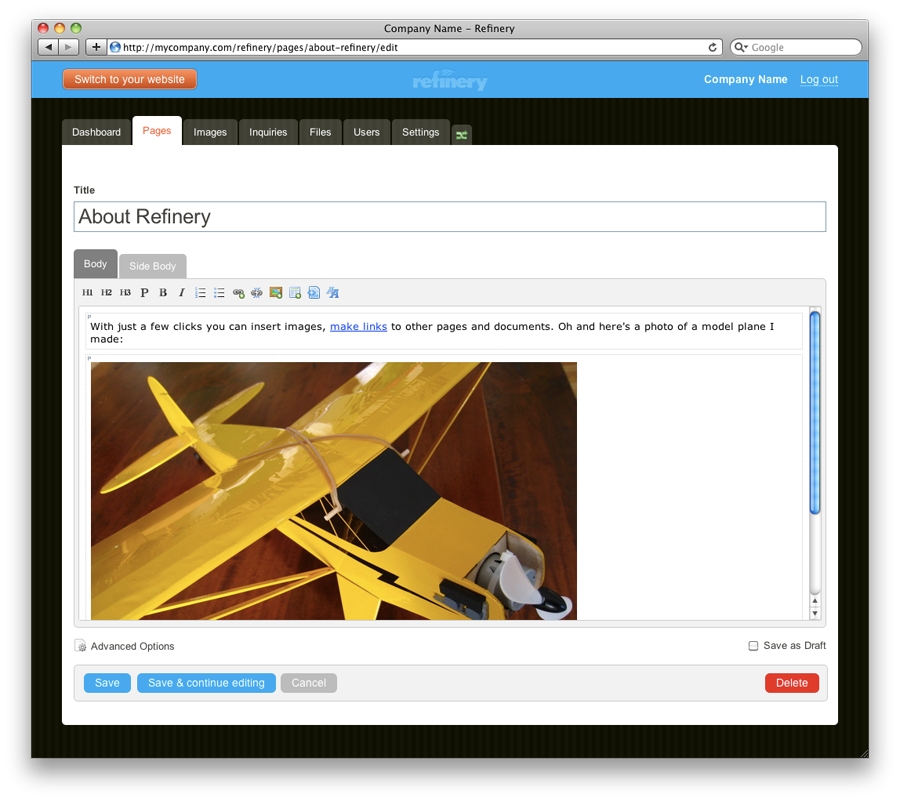21 Things Anybody Under 16 Won't Believe About How We Used The Internet
It is no grand leap to assume that the majority of internet users these days are young adults, and it is also fair to say that only a handful of them will remember what the internet looked like in its early stages. It is hard to imagine the internet as anything other than what it is today, but all good things have to start somewhere, and the internet is no exception to this rule. Here are twenty things that the youth of today will not believe about the early stages of the World Wide Web.
No Such Thing As A Macbook
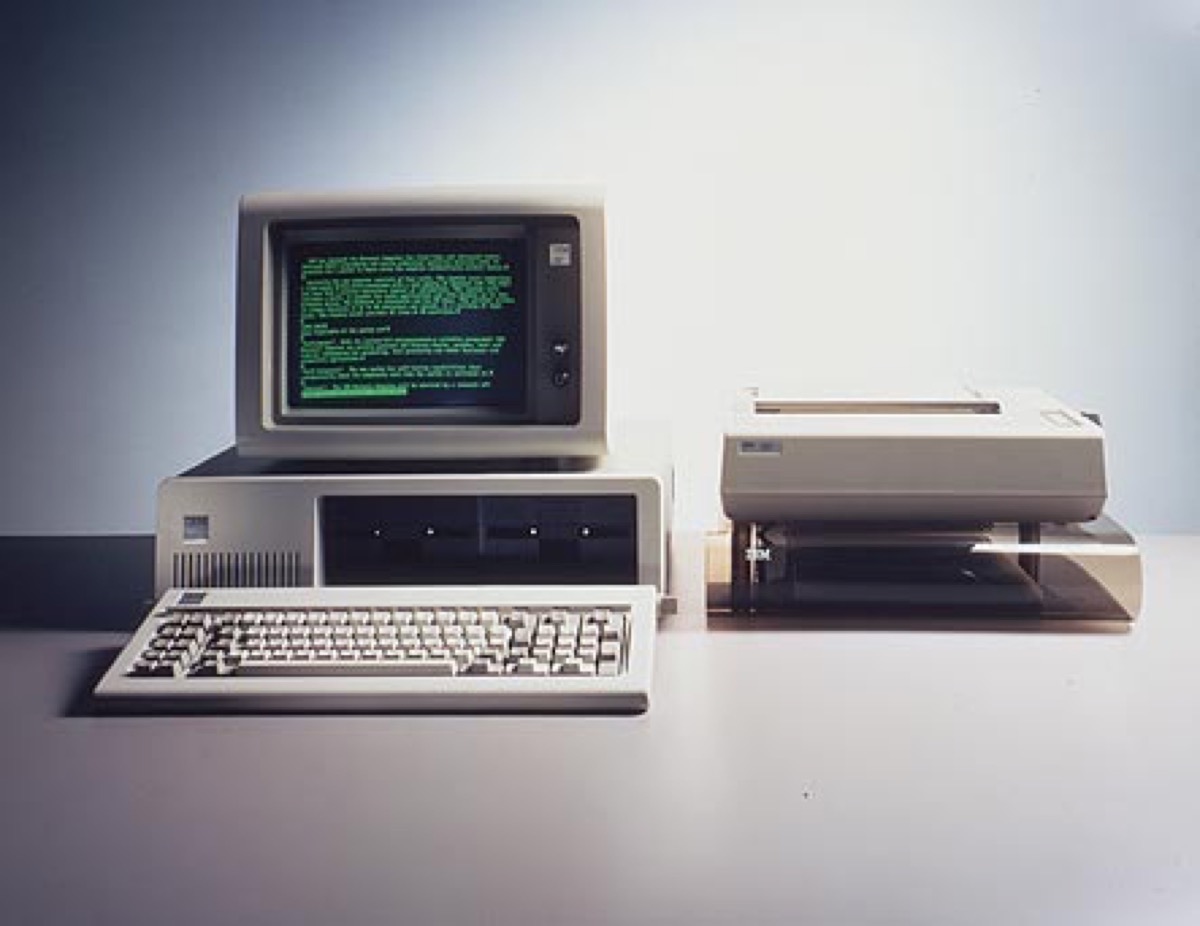
In the beginning of the home computer era, people had to fire up both their computer AND their monitor. Yes, once upon a time, the two were separate entities so if one was not working, it rendered the other practically useless as well. Luckily, a black screen on a modern computer means only one thing, that there is a problem, but two decades ago this was a common sight that simply meant the computer was slowly, slowly thinking.
Internet Installation
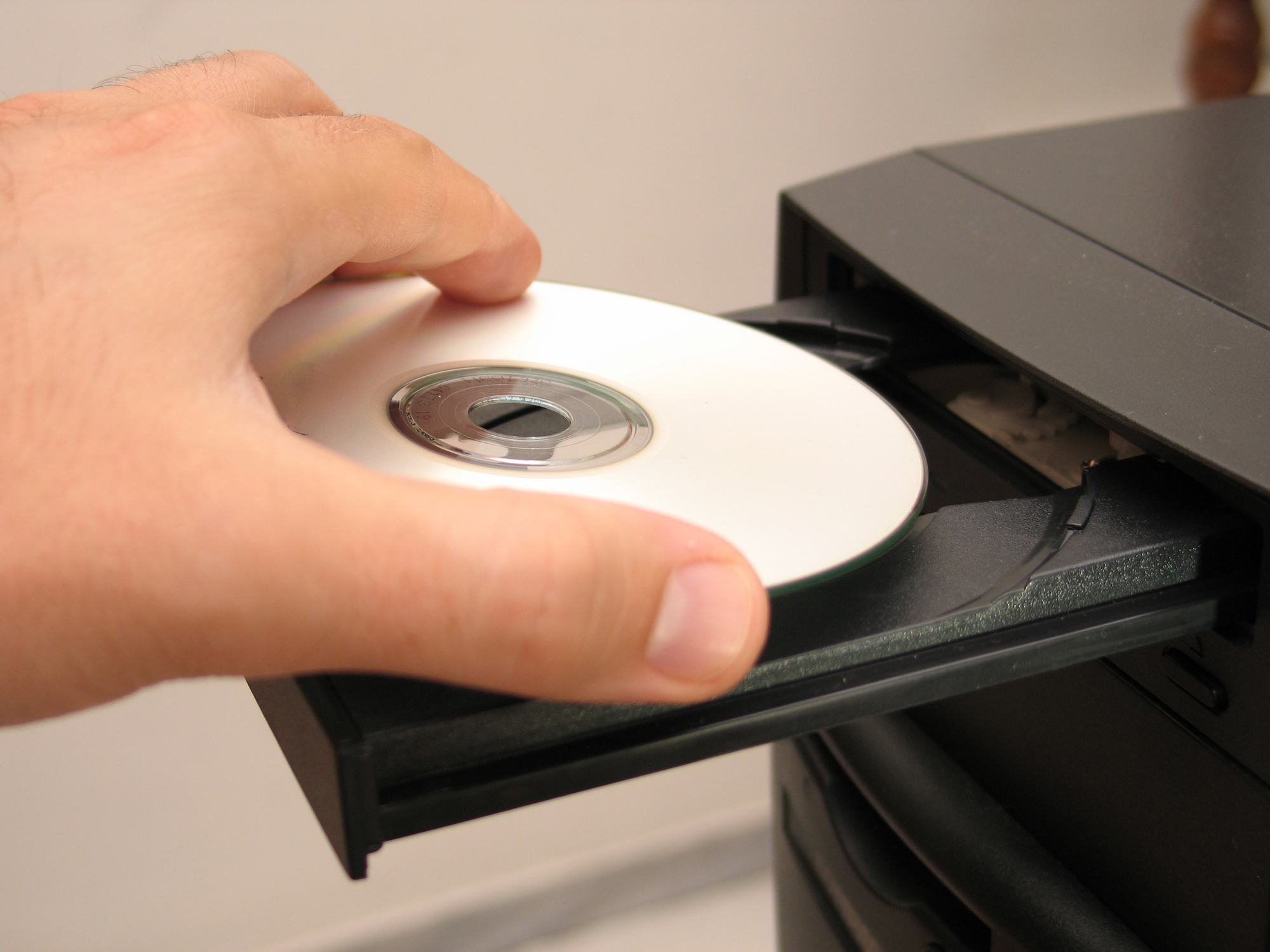
The internet never used to be something that was inclusive to every newly made computer. Often, these capabilities would need to be installed onto the hard drive via a CD-ROM, which would only happen after purchasing it separately. The world was not as dependent on the internet as it is today, so some people really didn't mind if their new computer wasn't equipped with a web browser. At least the installation CDs were often included in the price of a new computer, but the fact remains that the software needed to be physically loaded onto the machine.
What's An iPhone?

The telephone is another household device that is almost unrecognizable now, compared to in its early years. There was also no such thing as an iPhone, a Blackberry or a Samsung Galaxy. In fact, the majority of household telephones were attached to their bases via a spiral cord (and you could always tell how old the phone was by how much the cable had stretched out). What's more is internet and phone lines were one back then, and the only way to use the internet was to tie up the phone line using a little something called dial-up. If you were cool enough, you had your own phone line, complete with a see-through phone and colored spiral cord.
Dial Up

That sound. THAT SOUND. It is safe to say that everybody sat through this racket at one point or another. The dreadful noise the computer made when it was connecting to the internet and tying up the phone line sounded like the perfect torturous mixture of pings, bings, and fingernails on a chalkboard. Sometimes, it took only a few seconds, others just minutes, and on occasion, it would take literally FOREVER. Or even better, it just chose not to work at all (usually when something important needed to be done online). Imagine surfing through radio stations in the middle of nowhere and only hearing static. That is more or less what old computers did when searching for an internet connection, which was impossible to do if somebody in the house was on the phone.
Can’t Surf Your Cake And Call It Too

As mentioned before, if you were using the internet nobody else in the house could make a phone call, and vice versa. It was quite common to hear siblings screaming, “Mom! I need to use the internet, can you make Georgia get off the phone?!” That meant that you couldn't spend hours on end surfing the internet without having to hear about it from your parents. Then again, there was no such thing as Facebook, Twitter, YouTube, or any other social media website back then, so the only real reason one would need to use the internet was to check email, do homework, or research that perhaps could not be done at a library.
Better Than Nothing…?

Like just about everything else, the internet of the 90s had its pros and cons. Sometimes, viewing an image or an article of text proved to be too difficult of a task for dial-up connections. It seemed that if the internet was having a slow day, there was no chance of getting the full picture (literally). If the internet was feeling generous, it might divulge three-quarters of an image, leaving the rest a lovely shade of gray. Of course, the internet has never had any real bias, but talk to anybody who lived through the 1990s, and they will say that sometimes, it felt like their computer was a hater.
Formality
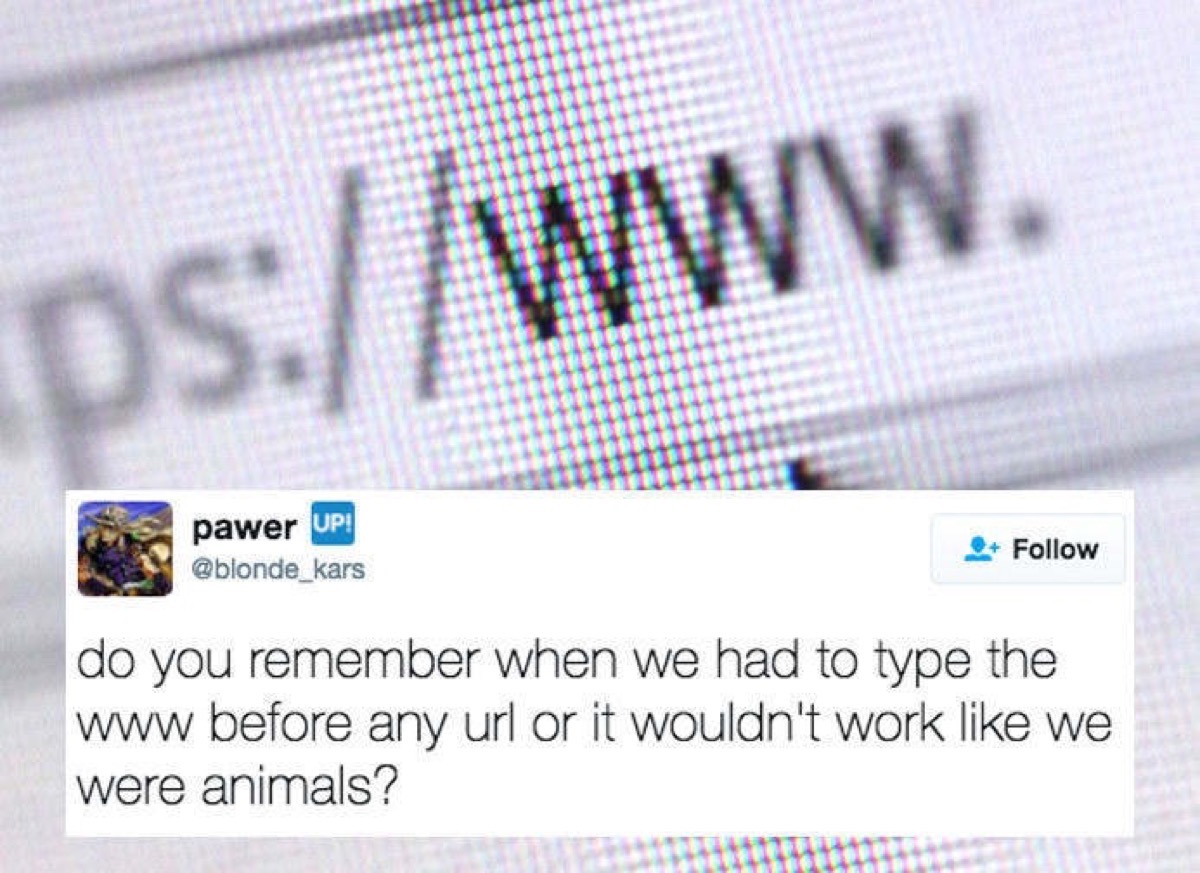
Next, if you forgot to include the abbreviated ‘www.’ before any URL, your browser would have no idea what was expected of it. A website would not load unless the proper address was entered in its entirety. Nowadays, you can just type ‘Google’ or ‘Facebook’ into the search bar, and instantly you are brought to the page of your choice. In the 1990s, the internet was not so simple. Imagine all that time that people spent typing ‘www’ and the countless other things it could have been spent doing. Selfies, maybe (if they had been around back then). Unfortunately, we'll never know.
Netscape
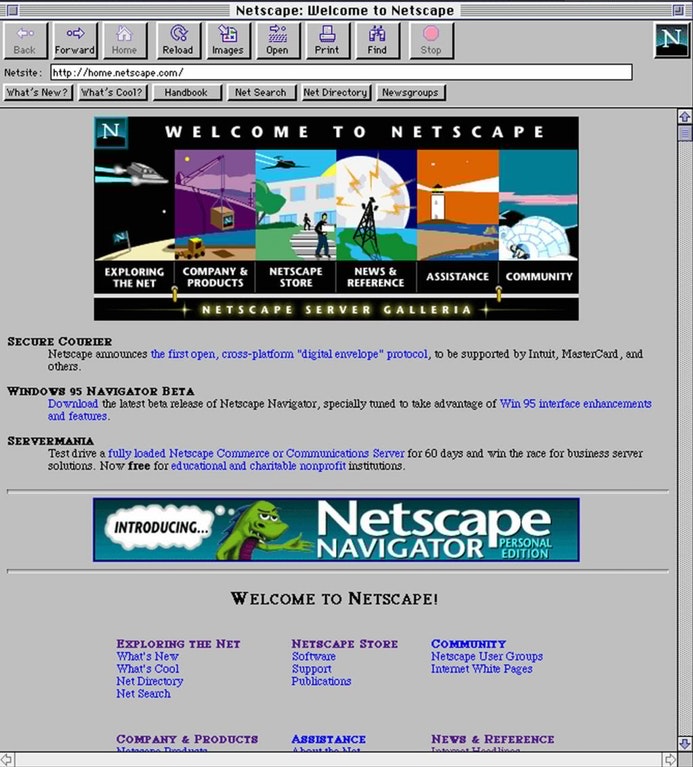
Forget Safari or Google Chrome – way back when it was Netscape that was the go-to internet browser. Originally released in 1994, Netscape almost completely disappeared by 2002 with the increased popularity of Microsoft’s Internet Explorer. Nowadays, the old versions of Safari and Chrome look rather archaic, but at the time they were wonders to behold. With Netscape in particular, dial-up connections could begin to show the text of a web page almost immediately after entering a web address, which was a big deal that made using the web easier and more bearable for its earliest users.
Search Engines

Internet search engines were also completely different two decades ago. Today we have Google, Ask.com, Yahoo, Bing and many others, while once upon a time, there were only one or two kinds of search engines total. The good news is, any information that was worthy of looking up back then could be found in those engines, but it was not always easy. In the 90s it seemed like everything we needed to know was only a click away, but this is largely misinformed when comparing that to the current decade.
Websites

There were not nearly as many websites to be visited in the 1990s as there are now. Most of the time, the limited capabilities of existing search engines was satisfactory because the possibilities of the internet had not yet been understood. In fact, the default for learning new things was picking up an encyclopedia, rather than logging onto the web. As mentioned previously, there were no social media platforms apart from regular email. Although, there were plenty of personal websites made by average Joes, like this one, expressing love for Justin Timberlake from his N’SYNC days.
Paper Maps

With the known consequences of cell phone use in cars these days, this internet hack is still used to this day. However, it used to be humanities only option for navigation (can you imagine?). Just as it is today, MapQuest was used to obtain directions, but people had to print the info on actual pieces of paper if they wanted to be able to reference it in the car. There were no talking GPS systems or Google Maps to tell you exactly when to turn right. Passengers in the car had to read the directions aloud, or if one was driving alone, the instructions could be clipped to the rear-view mirror, as shown here. Is there a difference between reading paper and reading a text message? That is certainly up for debate.
ICQ

ICQ was an instant messaging system that was developed in 1996 to ease communication between computers and their users. The letters I-C-Q are meant to resemble ‘I Seek You’ when spoken out loud, which made sense since people used this system to chat with their friends. Basically, ICQ was texting on the computer in its earliest stages. Upon signing up, you were given an ID number to chat with, which had to be memorized as the advent of fancy usernames had not come about yet.
AIM

AOL Instant Messenger was a type of internet software that one would have had to have installed onto a new computer. It was the predecessor to MSN Messenger and worked very similarly. Back in the 90s, it was the ‘cool’ thing to create a practically indecipherable username (mixing it up with capital letters, numbers, and symbols) so that strangers would not know your actual name. Although eventually, people got pretty good at remembering which of their friends belonged to which fancy username.
MSN Messenger
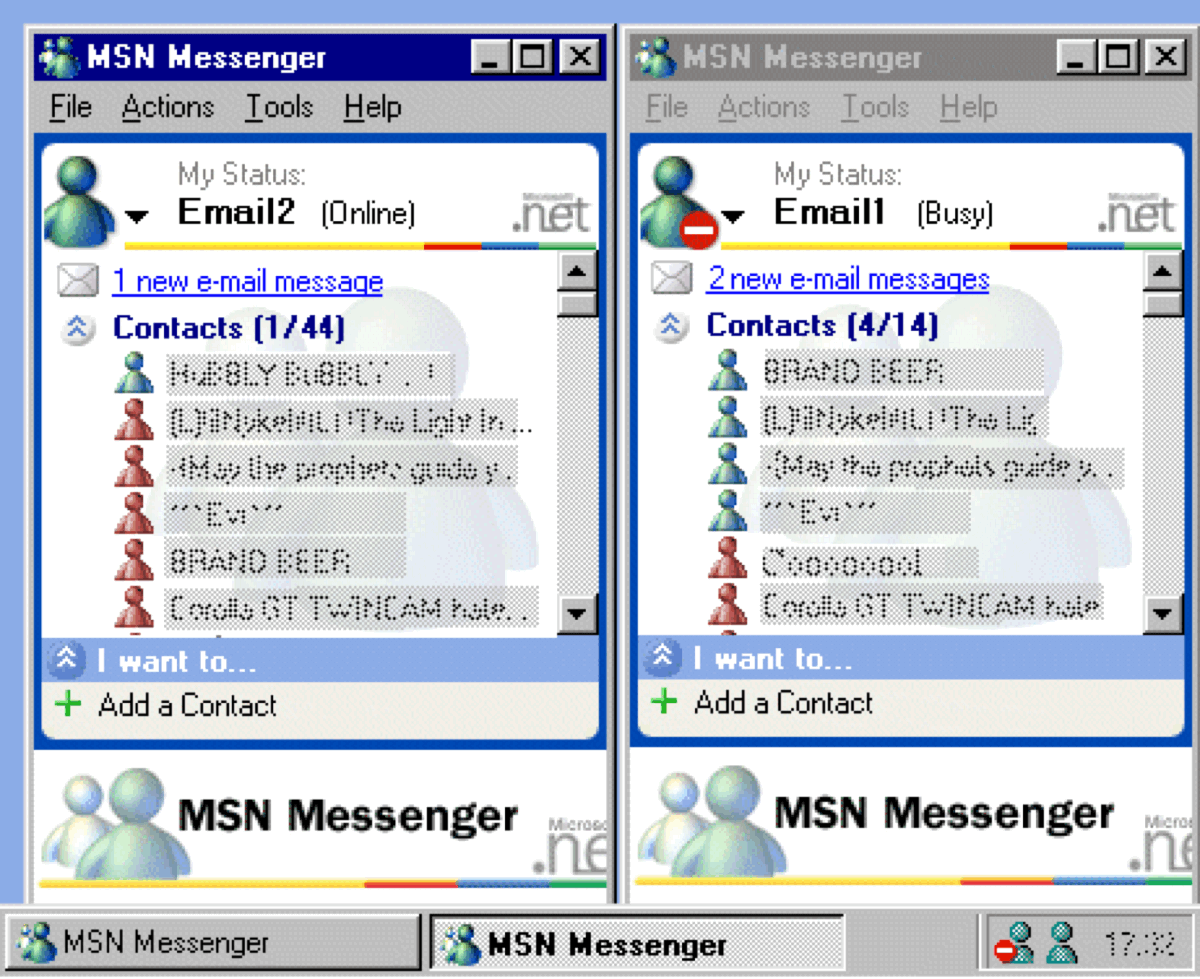
MSN Messenger was arguably the greatest thing to happen to 90s youth, that is until mobile phones took over and text messaging became the preferred method of communication. MSN had more features than any other instant messenger before it; including giving users a way to let friends know what song they were listening to if their music player (usually Windows Media Player) was connected to messenger. There were so many instant messaging platforms for the computer because early cell phones were not designed for regular text messaging; want to type the letter ‘C’? No problem, just hit the number ‘2’ button three times quickly. Messaging people on the computer was understandably much faster (and MSN had their own version of emojis, too).
L33T5PE@K
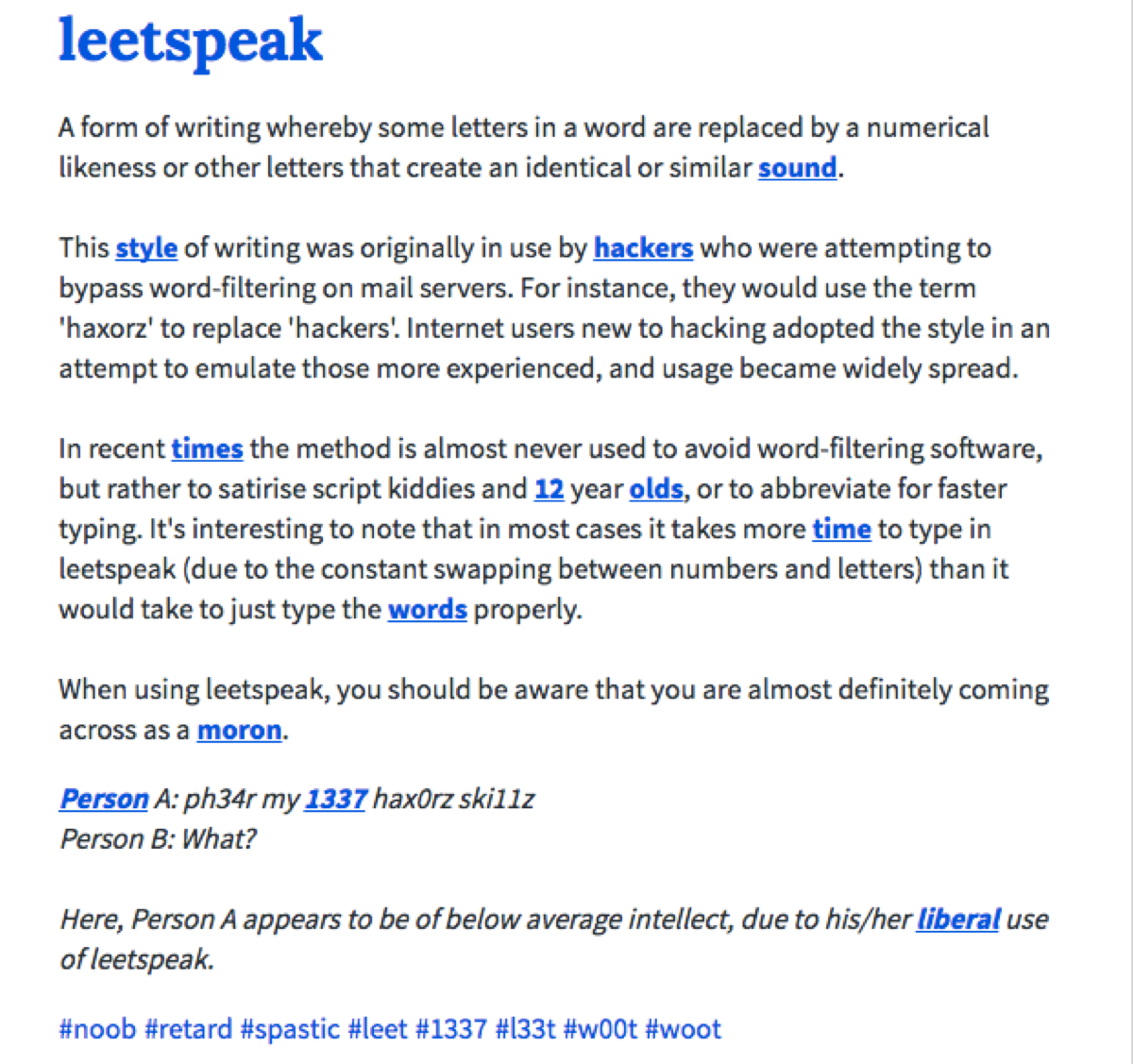
Leetspeak is a type of internet code language where letters are replaced with numbers or symbols. Its original usage was for computer hacking, and it derives from the word ‘elite.' The word ‘leet’ also describes a daunting accomplishment in the field of hacking and gaming. Everybody (or almost everybody) in the early days of the internet learned to type like this, mostly because it looked cool. If you didn't use this code language regularly, you at least knew what it was. Nowadays, L33T5PE@K is practically non-existent in texts and online messages.
LimeWire

LimeWire was a free, P2P (peer to peer) file sharing program that gained notoriety in the 2000s. It allowed people to search for and download their favorite MP3 tracks to their computer for free. The only problem with downloading songs from LimeWire was that it tended to take a very long time, and there was no way to preview the full song beforehand. This left some people with crappy radio versions or promotional plugs at the beginning or end of their songs. The question of LimeWire’s legality came up quite often, but it never seemed to affect those who wanted to add the latest hits to their MP3 Players. As a result of an injunction in 2010, LimeWire was forced to cease distribution of its software, and the newest version was shut down.
Before There Was iTunes…
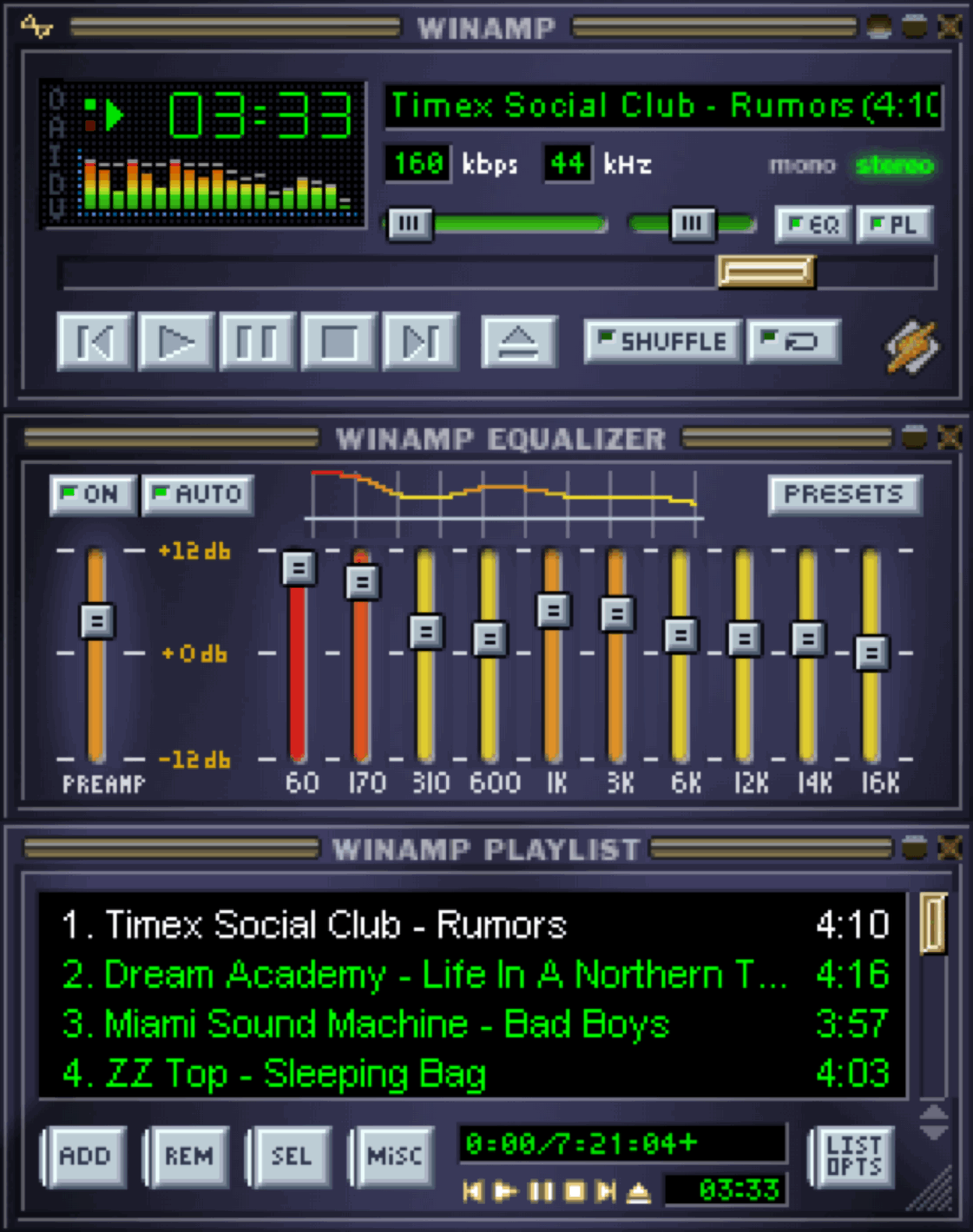
Once you downloaded your favorite songs (legally or illegally), there were different platforms available on which to play them. Believe it or not, iTunes was not the only way (or even the most popular way) to play music in the beginning. People instead used Winamp; the earliest version of which was released in 1997 and was quick to gain popularity with over three million downloads. By the year 2000, Winamp had over twenty-five million users. There were even different skins to choose from so that each Winamp player could be personalized by its user.
A Personal Touch

The ability to voice your interests online has been an option since the early ages of the internet, much like social media allows us to do today. In the 1990s and early 2000s, however, it was more common to create your own personal websites; including a theme, a particular interest, or just all about the user him/herself. People could add a few photos, their favorite music, and even links to any other web pages they might have. Being on the internet was an innovative idea, especially back then. Imagine having to go to this extent and create a full website so the world would know you existed, rather than just a profile page on an already existing social media network.
Ancient GIFs

GIFs were around when the internet was young, but they looked a little bit different to what we are used to today. There was not an endless supply of them, and the graphics were not like the ones we enjoy today. Considering this was about two decades ago, it is to be understood. GIF usage was often restricted to a purpose, rather than just for fun. Some let people know that web page was under construction, while some asked people to ‘Please Wait’ while a web page loaded. Keeping in mind the amount of graphics people had seen on the internet before this, early GIFs were quite innovative for their time.
You’ve Got Mail!
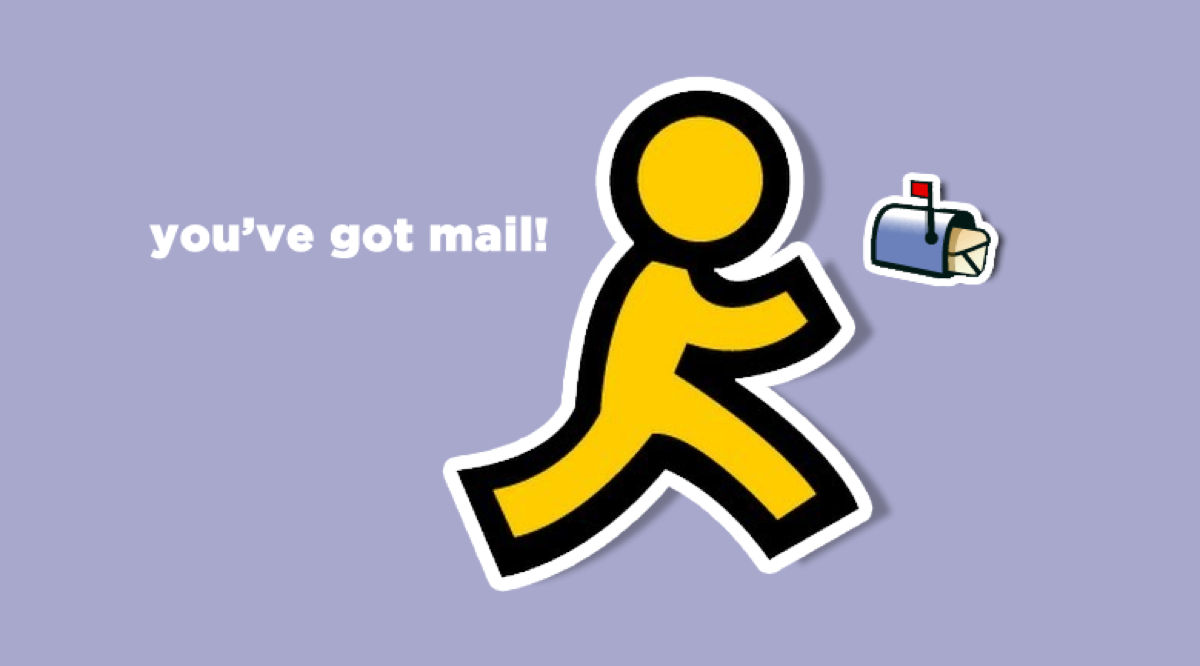
Keeping in mind that paper mail was still very much an everyday thing just a decade or so ago, email used to have an entirely different usage. Since bills came with the paper mail, email was considered fun and was used for entertainment and communication purposes only. There was hardly any spam mail back then either, so whenever people heard that familiar ‘You’ve got mail!’ after signing in, they knew it was something interesting. It meant that somebody had decided to write them a letter and send it through this new, exciting thing called the internet. There were no online flyers or advertisements, and there were also no annoying emails from your boss (if he needed you, he called you on your landline ten times). It is truly a wonder to think just how much the internet has changed over the last twenty years.







